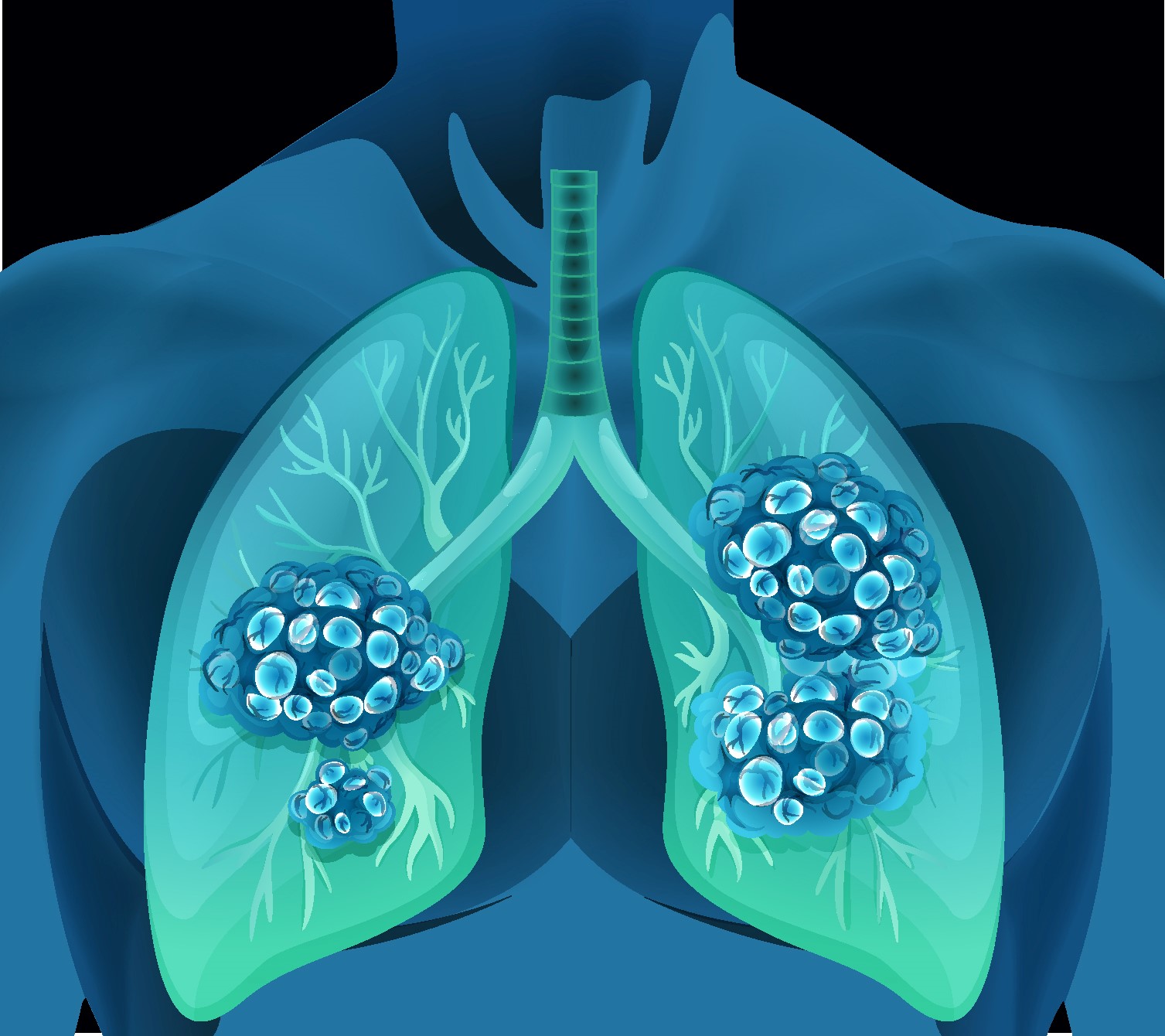This study states that The recognition of congregate living settings as high-risk environments for community transmission and devastating case outcomes was a defining feature of the early phase of the pandemic. Clusters of COVID-19 cases in congregate living setting emerged as one of the most important determinants of disease spread and the most important opportunity for effective intervention, but comprehensive cluster-level data are not collected systematically by federal or most state public health entities. In order to effectively characterize and respond to the epidemiology of the COVID-19 pandemic on the community level, a critical component of case investigations included assessing the potential association with facility clusters. Case counts alone, as aggregated on jurisdictional, state, and federal levels, could not capture the burden of disease or the dynamics of transmission within these clusters or across the community. In Ohio, despite early stay-at-home orders,1 and recommendations for limiting access into congregate living facilities,2 these settings, as in other states, predominated in early disease amplification.3, 4 The Cuyahoga County Board of Health (CCBH) jurisdiction has a population of 880,000 and encompasses the entirety of one of Ohio’s largest counties excluding the city of Cleveland.
Reference link- https://onlinelibrary.wiley.com/doi/10.1111/irv.12819


